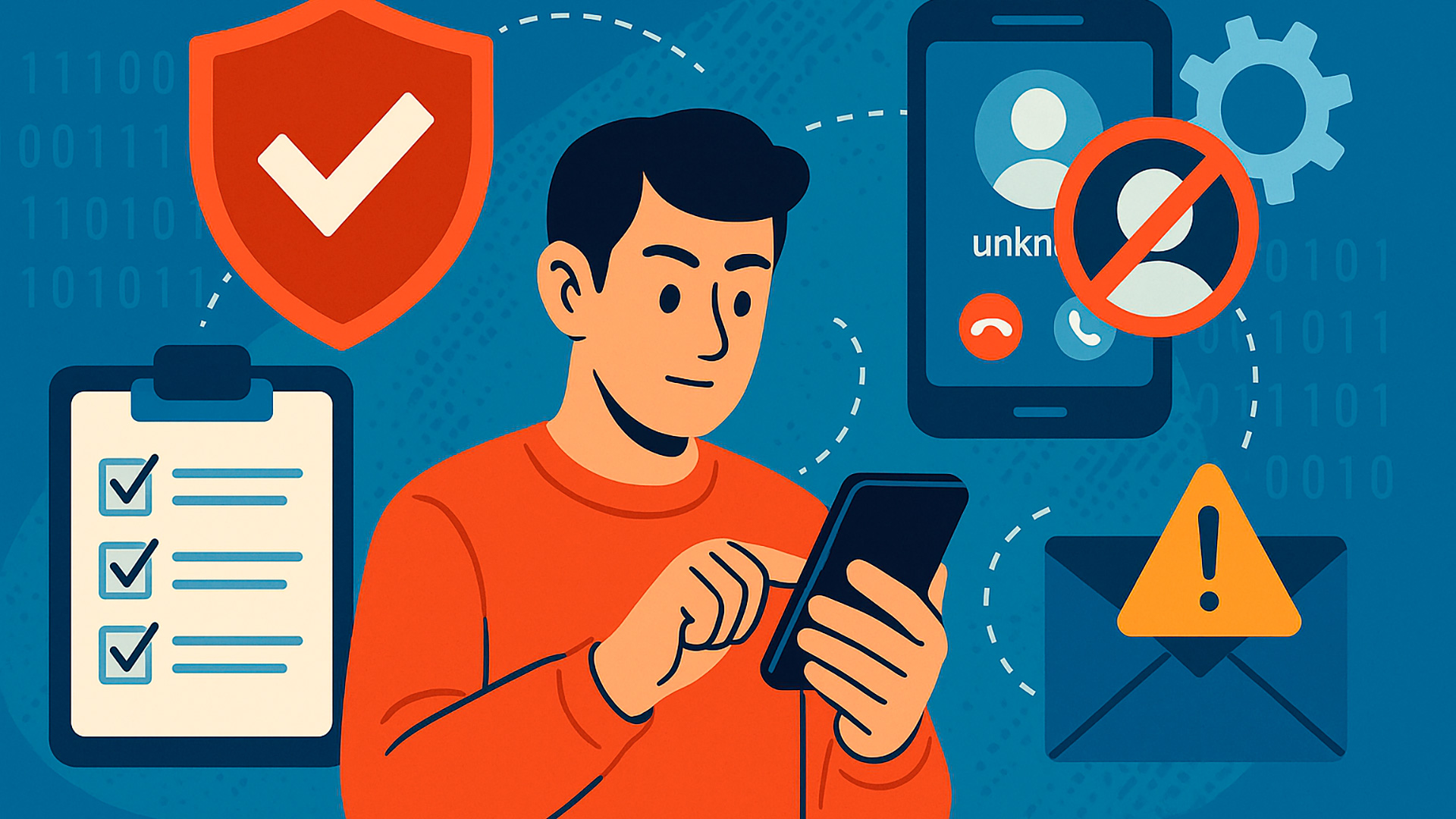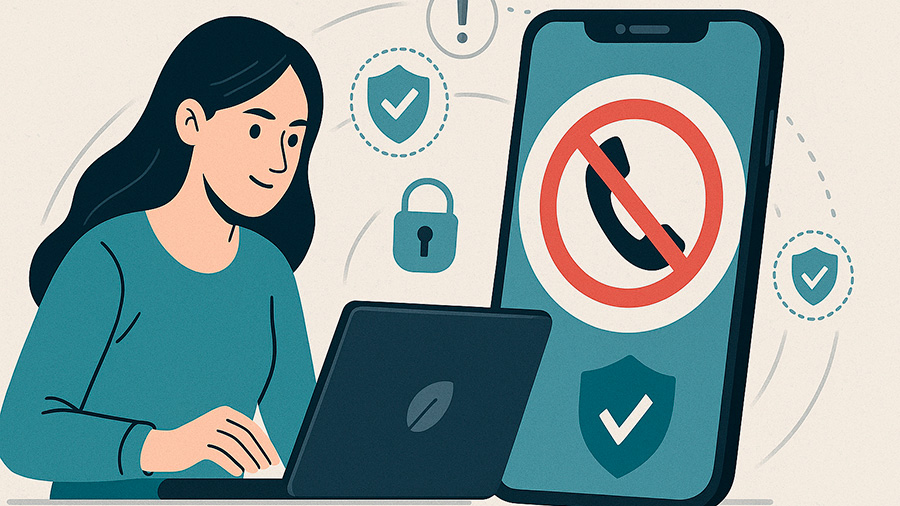
Few things are more stressful than being bombarded with calls, emails, or messages from aggressive creditors. While legitimate lenders have the right to contact borrowers about overdue payments, harassment is a different story — and it’s illegal. Fortunately, technology has stepped in to give consumers new tools to protect themselves, set boundaries, and even take action when those boundaries are crossed. If you’ve ever wondered how to stop creditor harassment effectively, modern digital solutions are finally making it possible.
The Rise of Digital Harassment in Debt Collection
Debt collection has changed dramatically over the past decade. Traditional phone calls have expanded to include text messages, social media contact, and even automated chatbots. This digital reach can make borrowers feel like they’re being followed everywhere. The Fair Debt Collection Practices Act (FDCPA) regulates what collectors can and cannot do, but enforcement in the digital age is challenging. Some agencies exploit loopholes or use offshore operations to bypass U.S. laws.
This is where technology flips the script. The same digital tools used to track you can now be used to track them. Apps, AI-driven systems, and data platforms empower consumers to document interactions, identify illegal patterns, and automatically escalate complaints. It’s no longer just about avoiding unwanted calls—it’s about building a digital shield that helps you stop creditor harassment before it escalates.
How Technology Helps Protect Consumers
Modern consumer protection tools fall into three main categories: communication control, evidence collection, and automatic enforcement. Each one plays a specific role in stopping harassment and holding collectors accountable.
1. Communication Control: Taking Back Your Peace
Blocking spam calls used to mean downloading random apps and hoping for the best. Now, advanced AI-powered systems filter communications with remarkable precision. Apps like RoboKiller, Nomorobo, or Truecaller don’t just block numbers—they identify patterns in scam and harassment activity. These systems cross-reference global databases to spot illegal collection tactics instantly.
Many of these apps also allow you to record or tag calls from specific collectors, creating an organized log. If a certain company violates contact rules—such as calling multiple times a day or reaching you after 9 p.m.—you can easily prove it. In practice, this technology helps you stop creditor harassment by preventing it from consuming your time and mental energy in the first place.
2. Evidence Collection: Turning Harassment into Documentation
Documentation is power. Without evidence, it’s your word against theirs. Modern software can automatically transcribe calls, log timestamps, and store communication records in secure digital vaults. This creates verifiable proof of misconduct, which can be essential if you need to file a formal complaint or lawsuit.
Some fintech and consumer-rights platforms now integrate directly with phone systems to capture these interactions in real time. They can even flag potential violations of the FDCPA, such as threats, profanity, or repeated automated messages. The result is a living digital record — one that helps you stop creditor harassment not just emotionally, but legally.
3. Automatic Enforcement: When the System Fights Back
One of the most revolutionary developments in consumer protection is automation. Certain online platforms now help users file formal complaints with regulatory agencies like the Consumer Financial Protection Bureau (CFPB) or the Federal Trade Commission (FTC) with just a few clicks. Once you upload your evidence, the system formats and submits the claim on your behalf.
Some tools even go further — they notify the collector that a complaint has been filed, which often leads to an immediate change in behavior. When companies realize you know your rights and have documentation, they’re far less likely to continue their pressure tactics. In many cases, this alone is enough to stop creditor harassment completely.
Comparing the Most Effective Anti-Harassment Tools
| Tool Type | Example Features | Main Benefit | Best For |
|---|---|---|---|
| Call Blocking Apps | AI call filtering, number tagging, database cross-checking | Eliminates unwanted calls before they reach you | People overwhelmed by constant debt calls |
| Evidence Collection Software | Call recording, automatic transcription, secure storage | Creates legal proof for complaints | Borrowers dealing with repeated or abusive contact |
| Automated Complaint Platforms | Pre-filled forms, direct submission to regulators | Saves time and increases accountability | Consumers seeking formal recourse |
New AI and Data Tools on the Horizon
The next wave of consumer protection is being driven by artificial intelligence. AI can now detect emotional tone in conversations, flagging aggressive or threatening speech. Some systems even monitor collectors’ communication frequency, comparing it to legal thresholds and alerting users when violations occur.
In addition, machine learning models are mapping networks of repeat offenders—collections companies that rebrand under different names to continue illegal behavior. When you report one incident, the data contributes to a shared database that strengthens protection for everyone. These innovations don’t just help individuals stop creditor harassment; they make the entire system more transparent and accountable.

Integrating Tech Protection with Legal Knowledge
Technology alone can’t replace awareness. Knowing your rights remains essential. Under the FDCPA, collectors cannot:
- Call you before 8 a.m. or after 9 p.m.
- Use abusive or threatening language.
- Contact you at work after being asked not to.
- Lie about the amount owed or their identity.
- Discuss your debt with anyone other than you or your attorney.
When you combine this knowledge with digital tools, you create a powerful defense strategy. You know the rules, and technology helps you enforce them. This partnership of human understanding and digital precision is redefining how people stop creditor harassment — turning passive victims into proactive defenders of their financial peace.
Practical Steps for Setting Up Your Digital Protection System
1. Audit Your Current Communication Channels
Start by listing all the ways creditors contact you: phone, text, email, social media. Identify which ones cause the most stress. Then install blocking and tracking tools for those channels first. Prioritize automation — if a tool can do the work for you, let it.
2. Keep a Digital Logbook
Use a secure note-taking or document storage app to maintain a log of all communication attempts. Record dates, times, caller names, and what was said. Many automated tools can do this for you, but even manual logs are valuable. Consistency is key if you ever need to prove harassment.
3. Set Up Automated Alerts and Reports
Choose platforms that offer notifications when patterns emerge — for example, if the same number calls more than twice in a day. Regular reports give you visibility over time, helping you notice trends and build stronger evidence.
4. Know When to Escalate
If harassment persists despite these measures, don’t hesitate to take action. Automated systems can file complaints, but you can also contact state attorneys general or consumer protection agencies directly. Legal aid organizations often provide free assistance for harassment cases.
Table: Key Steps to Regain Control
| Action | Tool/Method | Expected Result |
|---|---|---|
| Block or filter unwanted calls | AI-based call filtering apps | Fewer interruptions and stress |
| Record and document violations | Call logging and transcription tools | Concrete evidence for legal use |
| Submit formal complaints | Automated complaint platforms | Accountability and potential penalties for violators |
| Monitor future activity | Credit report alerts, AI tracking | Early detection of recurring patterns |
When Technology Meets Empowerment
For the first time, consumers have the upper hand. The tools designed to collect and manipulate data can now be turned toward fairness and protection. You no longer have to suffer in silence or keep endless notes by hand. Every call, every violation, every message can be documented, analyzed, and acted upon in seconds.
When you use technology to stop creditor harassment, you’re not just defending yourself — you’re helping redefine what fair debt collection looks like in the digital era. The balance of power is shifting, and it’s finally tilting back toward the consumer.
